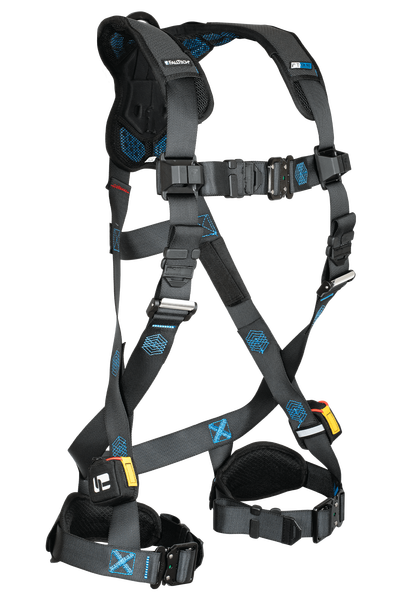Understanding Work Glove Coating Materials
As you begin to do some searching for gloves, you begin to notice very quickly that they come in many styles, coatings and materials. It may be difficult at first to understand which glove is best for your job. What is the difference between Nitrile and Nitrile Foam? Are Latex or polyurethane coated gloves grippier? Which glove material offers the best protection? Which glove has the best dry or wet grip? These are all common questions that I hope to answer for you in this short guide.
This article will hopefully help clarify what each material and coating style is best for your your needs.
Nitrile
Nitrile Can be found in a few different coating styles. Generally, as a material, Nitrile has a tacky, grippy element to it, which is great for tactility and dexterity.
Nitrile Foam, or Micro-Foam
Nitrile Foam is a highly tactile material which offers great sensitivity. Excellent dry grip, and good grip in oily condition. These gloves tend to last long, as it is a durable and hard-wearing coating. The breathability is also quite good.
Nitrile Smooth Coating

Smooth Nitrile coatings have a high dexterity, and excellent dry grip and resistance to oils. Durability is good, but it is less durable than Nitrile Foam. Smooth nitrile coatings also do not offer much breathability.
Polyurethane, PU, Flat or Smooth
Smooth Polyurethane, or often labelled as "PU" coatings are a very economical choice when it comes to coated or dipped gloves. They offer a medium dry grip and breathability. They offer little protection from liquid penetration, and are not very durable in comparison to its Nitrile counterpart.
Latex Crinkle Coating
Latex is often used for crinkle coatings. These are flexible and tough coating, that offer maximum grip, high durability, as well as liquid protection. However, Latex Crinkle Coating have little to no breathability.

As you can see, there are a few factors to consider when choosing the appropriate glove for the job. After understanding the application and environment, there you should be able to get a sense of which glove coating is most suitable.
Another important factor when selecting a glove, are the ANSI Cut Resistance Rating. You can learn more by reading our article about Glove ANSI Cut Ratings, here.
You can browse our selection of gloves here



